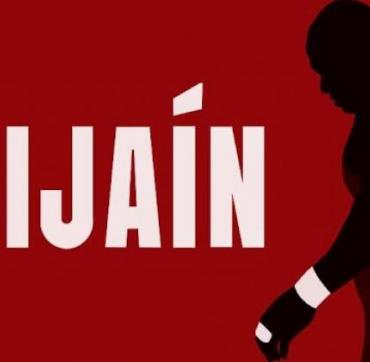Overcoming Obstacles: Nord Stream 2 is Already a Fact
especiales

With the laying of pipes in Danish territorial waters, the Russian gas giant Gazprom completed a few hours ago the construction of the Nord Stream 2 gas pipeline, through which it will be able to supply more than 55 billion cubic meters to a Europe dependent on Russian product in half of its needs and much cheaper.
The construction of the great task lasted three years, which had to dodge all kinds of sanctions from the United States and conspiracies against countries in the region allied to the Empire.
The U.S. sanctioned the entities that aided Gazprom, while Poland, Ukraine, Slovakia, the Baltic states and other European nations propagandized that Moscow would use the pipeline as a political weapon.
U.S. President Joe Biden "continues to believe Nord Stream 2 is a bad deal for Europe," White House press secretary Jen Psaki said, but Germany, the end point of the construction, always looked at the construction with economic views and never agreed with the U.S. on the sanctions.
The builders stressed environmental protection, energy security, international relations and market dynamics, facing misinformation from political opponents and commercial competitors.
In addition to Russia, the pipeline goes through the territorial waters of four other countries that granted their permit: Finland, Sweden, Denmark, and Germany.
THE LONGEST IN THE WORLD
Nord Stream 2 is a twin pipeline that stretches 1,230 kilometers across the Baltic Sea. Each line comprises around 100,000 individual pipes, each 12 meters long.
This gas pipeline, the longest in the world, travels through the Baltic Sea, starting on the coast of Russia and reaching land near Greifswald in Germany. It will run roughly parallel to the existing Nord Stream gas pipeline.
The walls of the pipe are up to 41 millimeters thick with a constant internal diameter of 1 153, they are coated internally to reduce friction, and externally to reduce corrosion, increase protection and add weight, making the pipe more stable on the seabed.
Each pipe joint is 12 meters long and weighs 24 tons, the sections were welded together and then placed in the Baltic Sea using a pipe-laying vessel. Each weld was tested to ensure it met Nord Stream 2's high quality standards, before gas can flow.
By 2035, the E.U. will have to import around 120 billion cubic meters more of gas per year.
The production prospects of major gas producers, such as the Netherlands and the United Kingdom, as well as Norway, are decreasing. At the same time, demand for gas is expected to continue, due to its lower carbon qualities. This means that the EU will have to import more gas. Nord Stream 2 will have the capacity to meet approximately one-third of the import requirements.
ENVIRONMENTAL ADVANTAGE
Generating electricity from gas instead of coal produces 50% less CO₂
Switching to power generation can help the EU meet its target of reducing CO₂ emissions by 40% by 2030 compared to 1990 levels. In fact, Nord Stream 2 could save around 14% of total EU CO₂ emissions from power generation, if natural gas from the pipeline was used to replace coal-fired power plants.
Translated by Amilkal Labañino / CubaSí Translation Staff














Add new comment